Life in the Woods: How Custom Millwork Can Breathe Life Into Your Home
- Lorla Studio
- Mar 3
- 7 min read
Updated: Mar 26
For the ultimate luxury and true feel of a custom-designed home, detailed millwork sets a home apart, elevating the space and design from beautiful to exquisite.
First, what do we mean by millwork? This includes all the finishing touches of a home that come from trees: baseboards, cabinetry, door frames, moldings, window trim, wall paneling, and shelving are the most common millwork features in residential homes.
Millwork That’s Subtle or Shouts
We love custom millwork because it is the ultimate marriage of beauty + utility. It helps utilize every inch of a space, can make a subtle statement or gesture, and often provides the grounding of a design throughout a space. We also love millwork in large gestures: think of an entire white-oak paneled wall, or a kitchen wrapped in walnut. See below for a few examples of how we have used millwork to make bold statements in this Forest Hills home renovation project.
The Difference Between Furniture and Custom Millwork
Please note the examples that show the difference between furniture versus custom millwork, and how the design process goes from as-is, to empty canvas, to concept, to implementation:

While the difference between the sideboard furniture piece compared to the custom millwork is subtle, excellent design is all about attention to detail. The millwork custom cabinets are even more impactful because the millwork finish is the same as that used in other key features in the space: the wood fireplace mantel, and the dining room table and chairs.
The Warmth and Character of Custom Millwork
Depending on the species and stain of wood, millwork can add a lot of warmth, depth, richness and character. White oak is a tried and true safe bet, but we are loving the growing popularity of woods like mahogany, burlwood and walnut, to name a few.
The following examples come from the same Washington D.C. project, which started with a built-in closet that had a dated look and feel. We used conceptual images to represent our proposed walnut refresh for these closet doors, and you can see in the final picture how the walnut adds richness, depth, and integrated pulls that provide a luxurious touch.

Custom Millwork in Commercial Spaces
The two images below were taken at Quarters, a gorgeous space in Manhattan’s Tribeca neighborhood that is part shop, part bar and part event space, from the founders of In Common With. This is a killer example of a rich wood used to define this highly customized shelving and display nook.
What do we love about this? The space required shelving, and instead of allowing this storage to fade into the background, using a beautifully grained wood, and lighting the nooks causes the wood details to draw the eye and pull attention to the feature.
To marry the design throughout multiple spaces, trims, baseboards + mouldings are a large part of the visual and architectural language of a space– from modern to traditional. In any built environment, there are decisions that can be made throughout to contribute to the overall look and feel of a space.
A Kitchen Design Featuring Striking Millwork
We are currently designing a kitchen that will feature a striking wood wall that will house a paneled refrigerator, freezer, a pantry and a decorative fireplace. Side note: any time you can cover appliances in a millwork panel, do it! It’s beautiful, warm and makes your kitchen look expensive! We have been experimenting with different textures, scores and species of wood. We are leaning towards an African Mahogany type of color, as seen below.
Inspiration + project moodboard
Quick material studies
Beauty in Function & Nature
All this focus on custom millwork and the importance of bringing life to a space through wood reminded us of an unforgettable experience in an unassuming New York City storefront in Chelsea. Wood is a special material, and we see interior design at the intersection of art, life, and function. There are natural tensions of contrasting forces in all projects, including timelines and budgets! Millwork is an extension of the craftsmanship that is possible with wood.
A Hidden Gem in the Garment District
We lived in an apartment in the Garment District on a lively street, with a few restaurants, bars, hotels, laundromats, and a frame shop. Nestled in this bustling row was a special shop. When I first entered, the proprietor greeted me with eyes and a mustache that curved downward and framed his face with three crescent moons, giving a sense of sadness or sorrow. He had a full head of white hair, with a white beard and mustache. Though a resident of New York for over 50 years, his accent suggested an upbringing in another land. Hisao Hanafusa is the father of Zui Hanafusa, and the two of them run the boutique carpentry storefront in Manhattan called Miya Shoji. The name comes from the Japanese term “miyadaiku,” or temple carpenters, who assiduously conducted their craft to build and maintain the most spiritual of places in Japan. Shoji is the term for the rice paper-covered sliding opaque walls so common in Japan, and that are utilized by many in Manhattan to create or define spaces within their often-square-foot-challenged apartments. One-bedroom apartments often become two-bedroom units through the use of a makeshift wall to create a separate living space. Miya Shoji, however, is no purveyor of temporary walls for frat bros making a studio apartment into a 3-bedroom fresh out of college. These guys are artisans more than craftsmen, and make wooden furniture that they like to say is a future antique to be passed on for generations. Hisao himself first came to New York as a painter in 1966, and his art has appeared in exhibits in Tokyo and Sante Fe. He continues to create works of art, though now made of wood.
The Art of Custom Millwork: Wood Slab Tables
One of their specialties is wood slab tables, where the top of a table is fashioned from one long vertical slice of a tree. The Hanafusas allow the wood to age for 10-20 years before they start working on it, and ideally, they will use a piece of wood from the same region as where the piece of furniture will stay— the idea being that the wood remains in its original habitat. Each piece is hand-forged, with precision tools of traditional Japanese design that are sharpened by hand before every use– including one-hand pull saws and chisels– for the creation of precise shapes. Almost all the pieces are composed of interlocking wood with hand-crafted joints, with almost no bolts and screws, enhancing the organic feel. They judge a successful design as one that evokes no design at all; all effort goes towards the goal of diminishing the role of the human, and bringing out the natural beauty of the wood.
I innocently walked into this shop in 2016 while living in New York during design school, and immediately understood that this was not a normal furniture shop. I spoke to Zui initially about the purchase of what appeared to be a beautifully crafted simple wooden chair, which had a leather-woven seat. Zui explained the one-of-a-kind and fully handmade nature of all the pieces, including the simple-appearing chair in front of me that cost… 1200 U.S. DOLLARS. Zui also noted that some of the pieces in the showroom were less than perfect, and so the Hanafusas refused to sell them. This may have included perfect chairs, where the wooden legs were mistakenly designed “upside down.” In line with Japanese tradition, everything produced by Miya Shoji returns the wood to its original orientation whenever possible; thus, the legs of a chair would have each leg oriented just like the tree as it stood in the forest, with the part closest to the ground at the base of the chair’s leg. No, Zui would not let me take any of the imperfect pieces at a discount. Hey, on a grad student’s budget, it was worth a shot!
The Heart of Custom Millwork: Pride and Precision
There is no denying that these folks create beautiful pieces of art, and take a deep pride in their work. Zui was nice enough to spend a few minutes talking to me, despite the fact that I was clearly in way over my head. When I noted that we were neighbors, he then shared some of his favorite nearby places to eat, and that fresh seafood generally arrived to Manhattan on Tuesdays— thus, one ought to time a visit to the best sushi places based on how firm one liked the fish. Months after the first visit, I returned to speak with Hisao. The store is moving locations for maybe the second time since it originally opened in 1951, with its storefront heading south a few blocks to 14th Street. The main workshop will remain in Long Island City. Nonetheless, I told Hisao, who introduced himself as Hanafusa, that I appreciated the beauty of their work, though could not afford the treasures. If the shop found themselves with certain items that they were not keen on moving and were willing to sell even a less-than-perfect work, that I would be interested in potentially buying it. I was not too proud to beg this craftsman in his 80s for the shavings off his workshop bench!
From Vision to Reality
If the beautiful images above bring inspiration, or the details of an artist like Hanafusa strike a chord, then Lorla Studio may be just right to bring your visions to reality! We look forward to hearing from you!
How You Can Work With Us
At Lorla Studio, a modern interior design firm in Washington, D.C, our talented team of designers craft modern, livable and functional spaces throughout the district and beyond. Hire us for a seamless renovation process, and a modern, approachable design you are sure to love!
Check out the five questions to ask yourself before hiring an interior designer in Washington D.C. If you think we’d make a good team, contact us today!
Ready to transform your space with us?
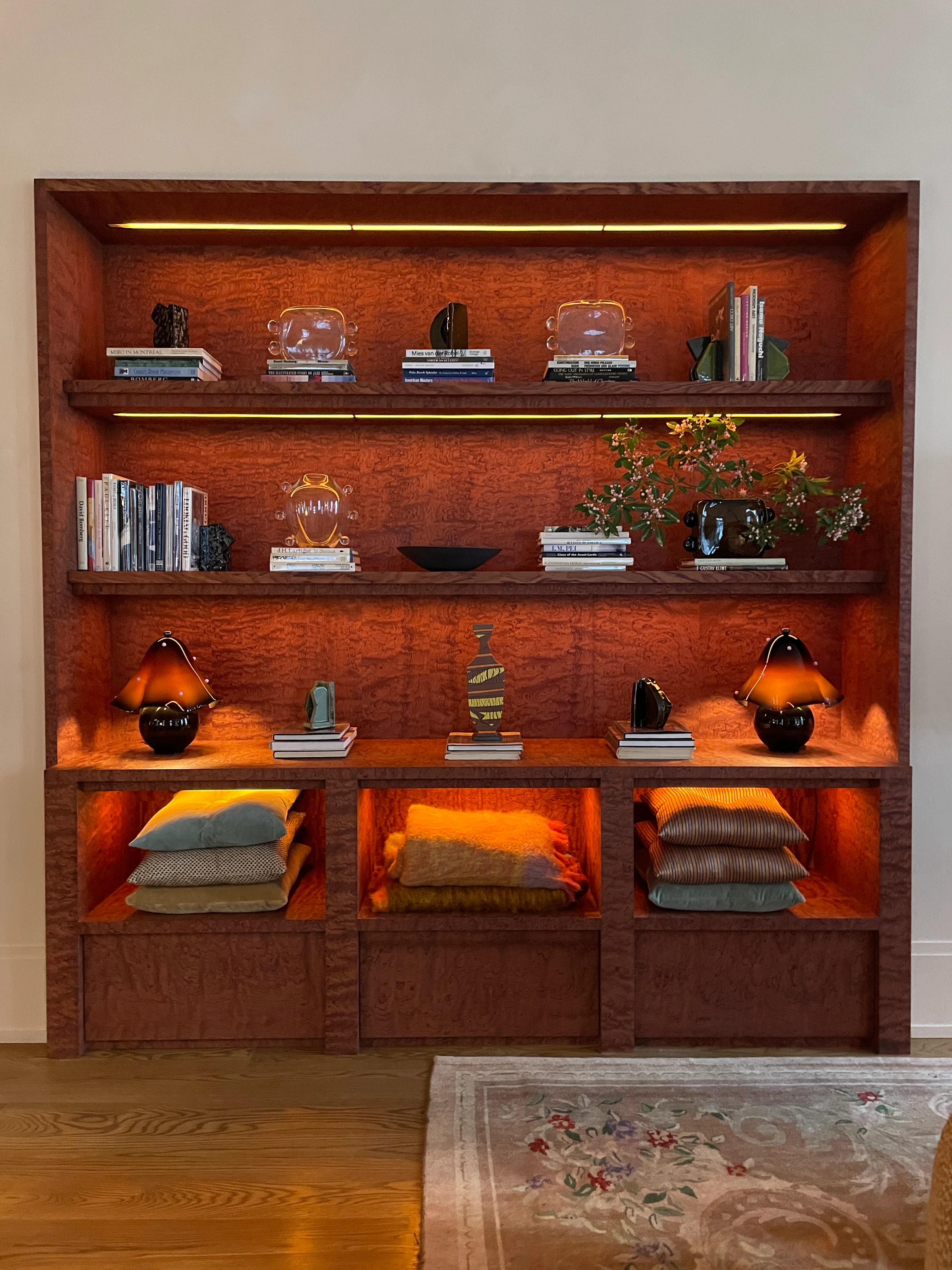
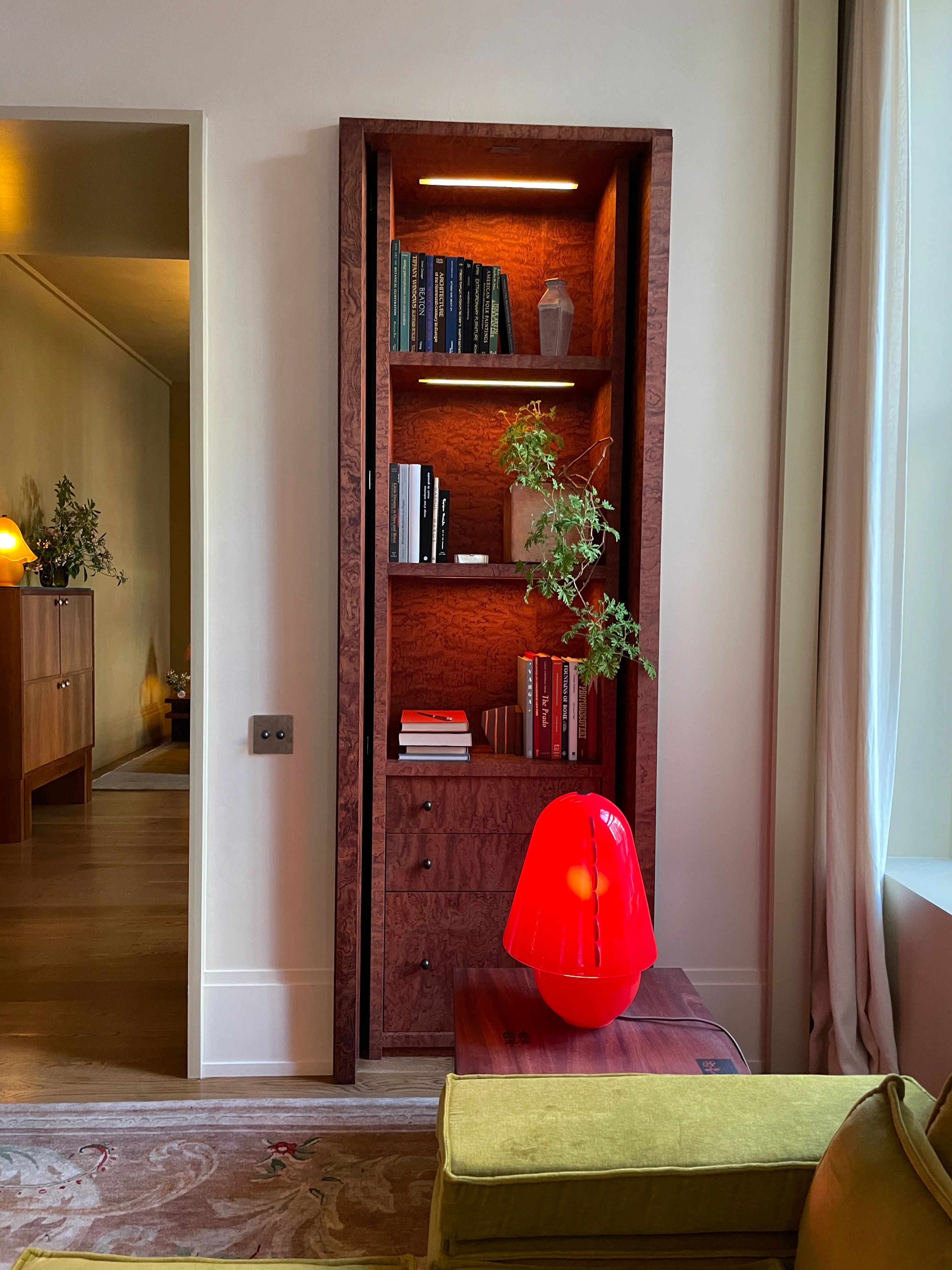
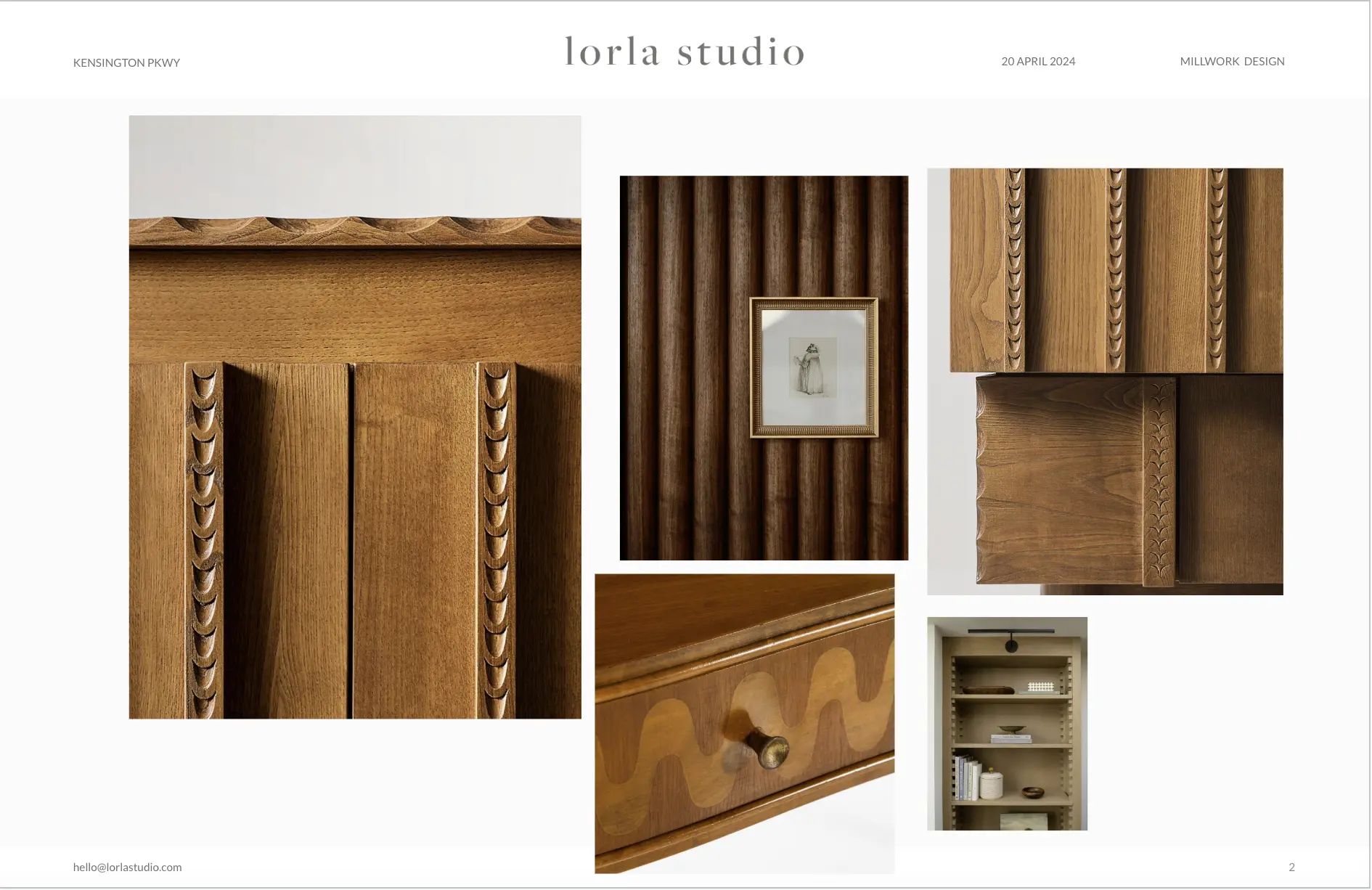
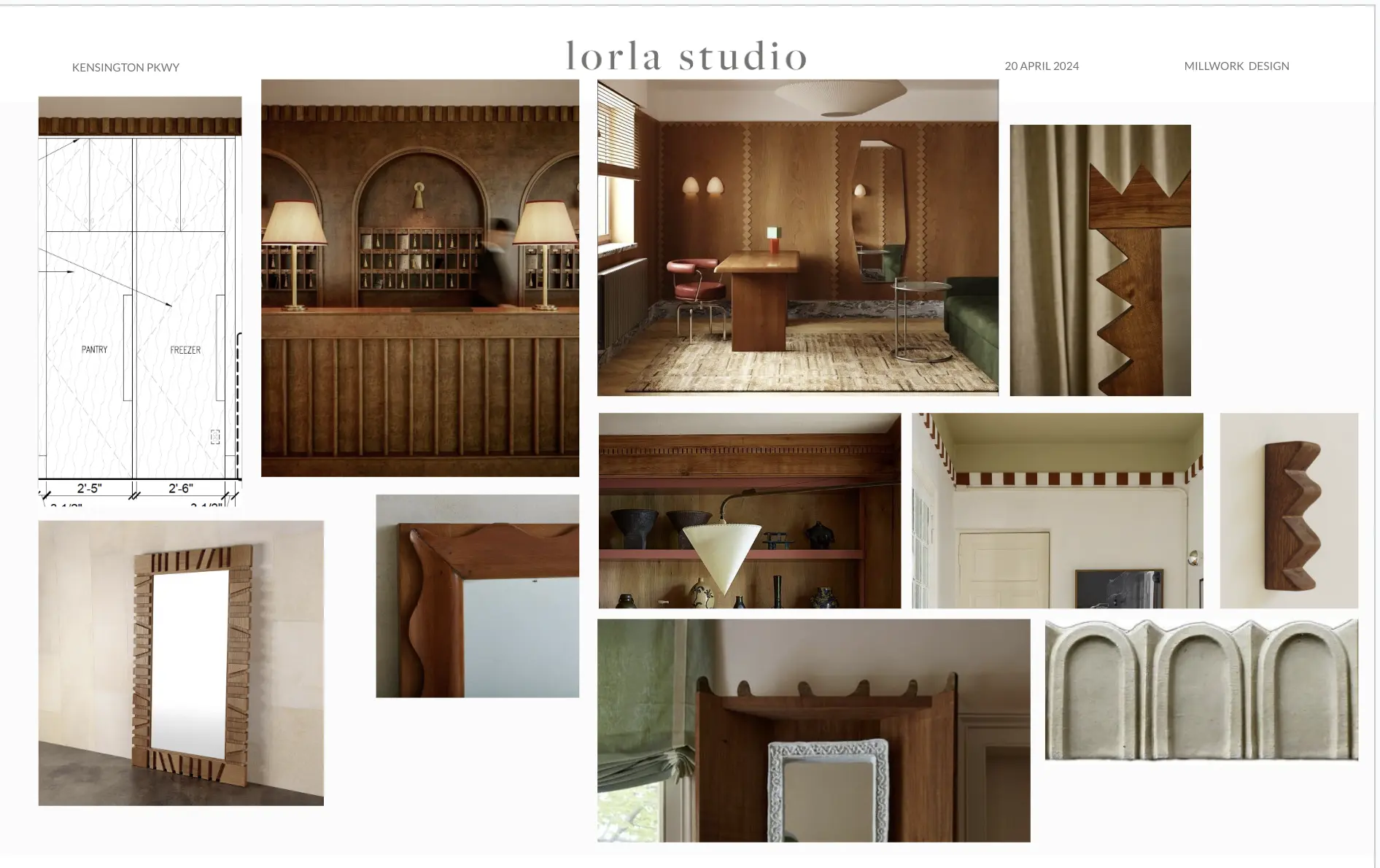
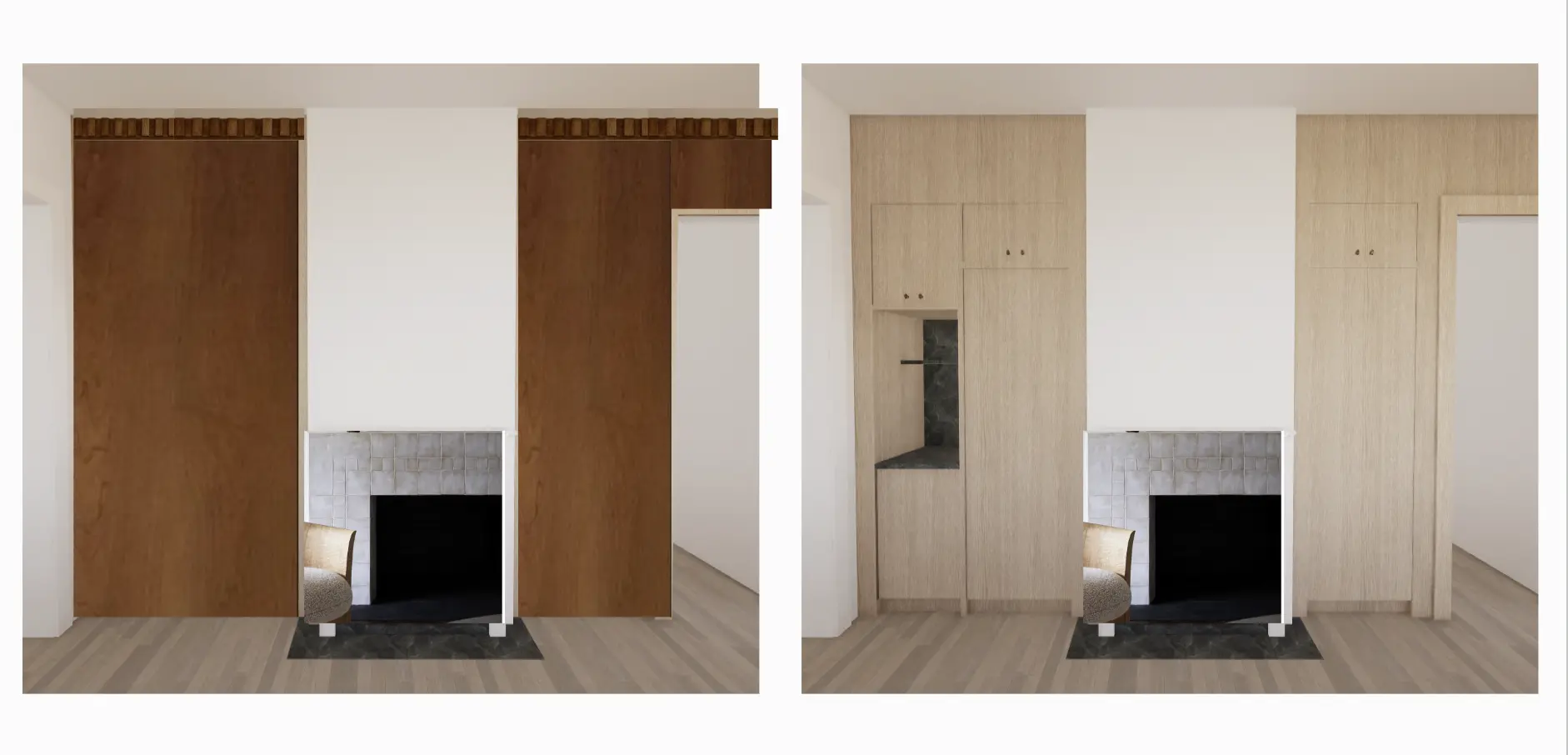
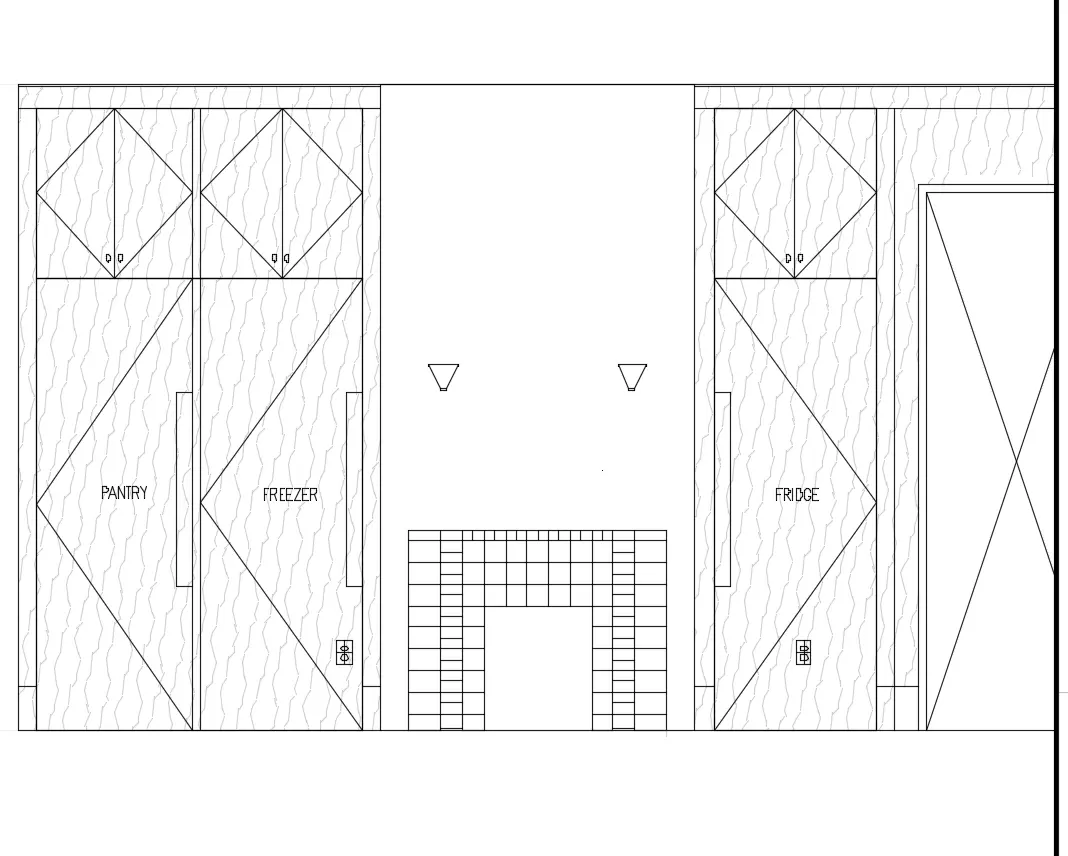
Loved reading this! For couples moving into a new space, Euphoria Interiors offers a beautifully detailed blog on couple room decor ideas with practical styling tips.